
It gets lonely out there on the high seas. I think one aspect of life which has faded from the experience of most of us is loneliness and I don’t mean the emotional version of loneliness, which many of us are struggling with today and I don’t mean spending time in front of a CRT entertained and distracted. I mean being isolated on a 90-foot boat on the high seas with only 3 other people for your companions for months at a time As a high seas Captain of the St Jude, for many years, I well remember reading a book per day, year in year out; Can you imagine being alone long enough to read James Clavell’s “Shogun” 2 times in one trip? How about when the novels ran out and I was stuck reading romance novels by Danielle Steele (sorry Danielle). My only companions were my crew and possibly other fisherman on the side band and my thoughts from the past. Can you imagine having so much alone time that you were able to review life events where you disappointed yourself- too chicken to ask out the girl who was your dream shot, too angry or competitive to reach out in friendship to someone who might have become your most important friend. Time at sea gives you the chance to understand yourself and process your history of past encounters better. That is the kind of time our crew is now living in the Great Southern Ocean. They are in the south forties’ latitudes, where the earth is so bald that storms can circle the earth and greet you again. The last of the tuna fleet (three boats) ran low on fuel and had to head back (in six days of storm) to Tahiti to provision and fuel. This meant our men were the only ones left in the vast natural world east of New Zealand- They can look out and see miles of nothing. Time has slowed and the St. Jude is. Joe Malley
Alone At Last
There is something deeply saddening about a boat on the rocks. The men were always at fault but the hull has become like a rotting carcass a monument of shame to the men who failed her and loved her both.
The St. Jude was then named the Captain D and A and also deeply crippled by going up on the jetty. Most boats of her style are not compartmentalized with watertight bulkheads which might have saved her from the indignity of ingesting thousands of gallons of the sea into her fragile mechanical innards, but her…
Joe Malley Blog Post
About Seattle Met article The Seattle Met Magazine recently wrote an article about the St. Jude, Joe Malley and crew. https://www.seattlemet.com/news-and-city-life/2024/02/tuna-fishing-boat-st-jude-seattle I’m not certain that a “grizzled old fisherman” with a “battered boat“ is the impression I’d want tomake, but I guess I blinked and that’s what happened. Based on the accuracy of the rest…
Tuna and Red Onion Pizza by Home Cooking Adventure St. Jude’s Organic Spanish Olive Oil Canned Tuna
Recipe Tuna and Red Onion Pizza by Home Cooking Adventure St. Jude’s Canned Tuna Tuna on pizza is not believed to have a single origin, but rather it is a topping choice that has evolved over time and is popular in various parts of the world. The concept of putting seafood on pizza is not…








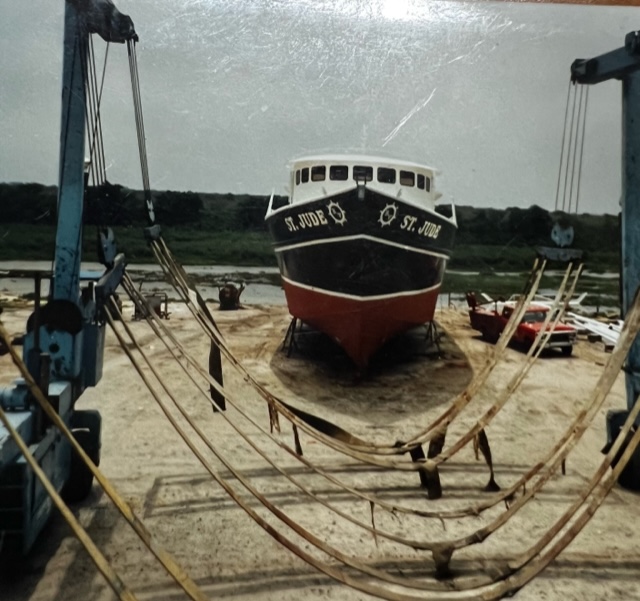
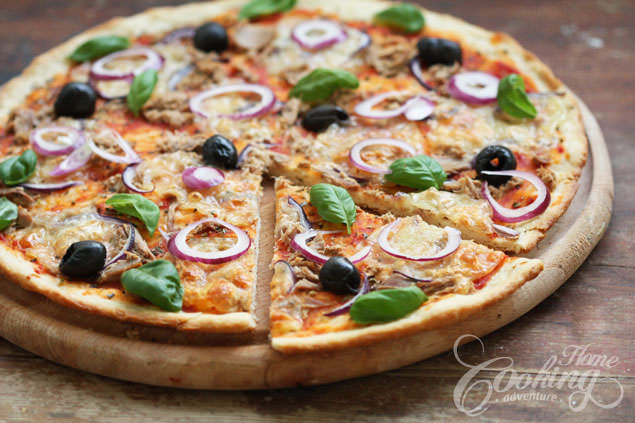

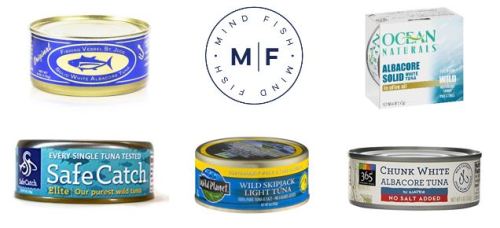









 5.0
5.0 
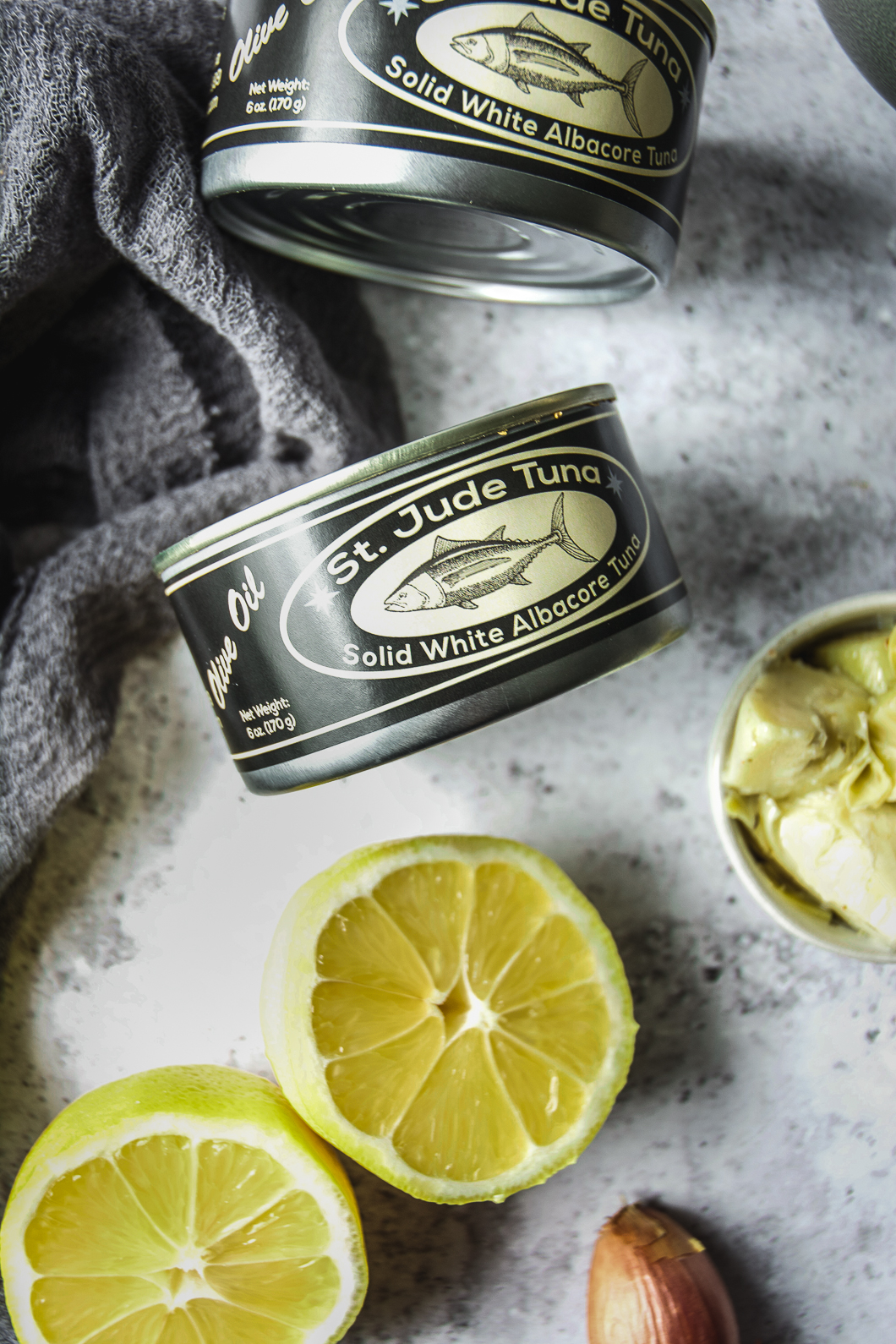

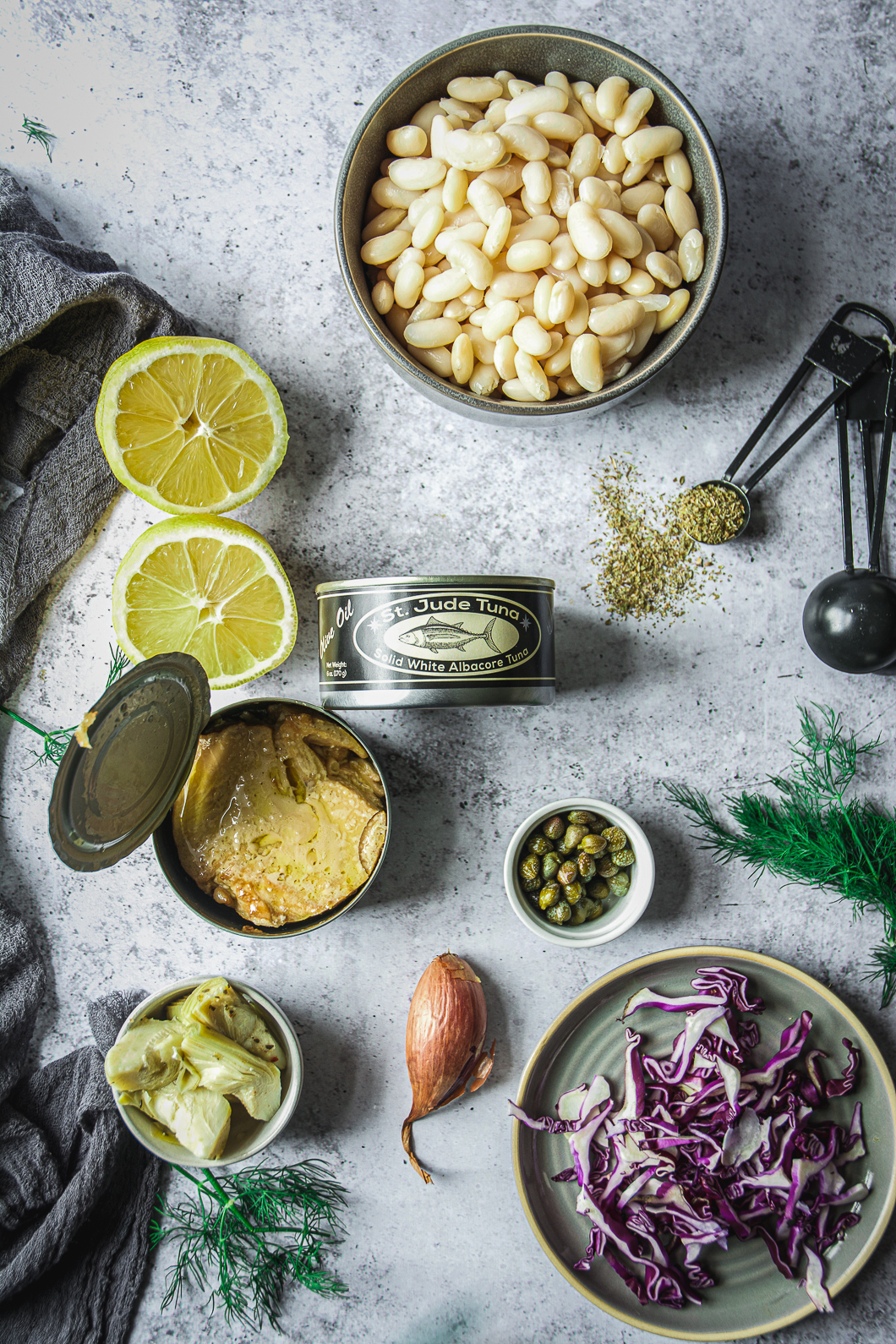
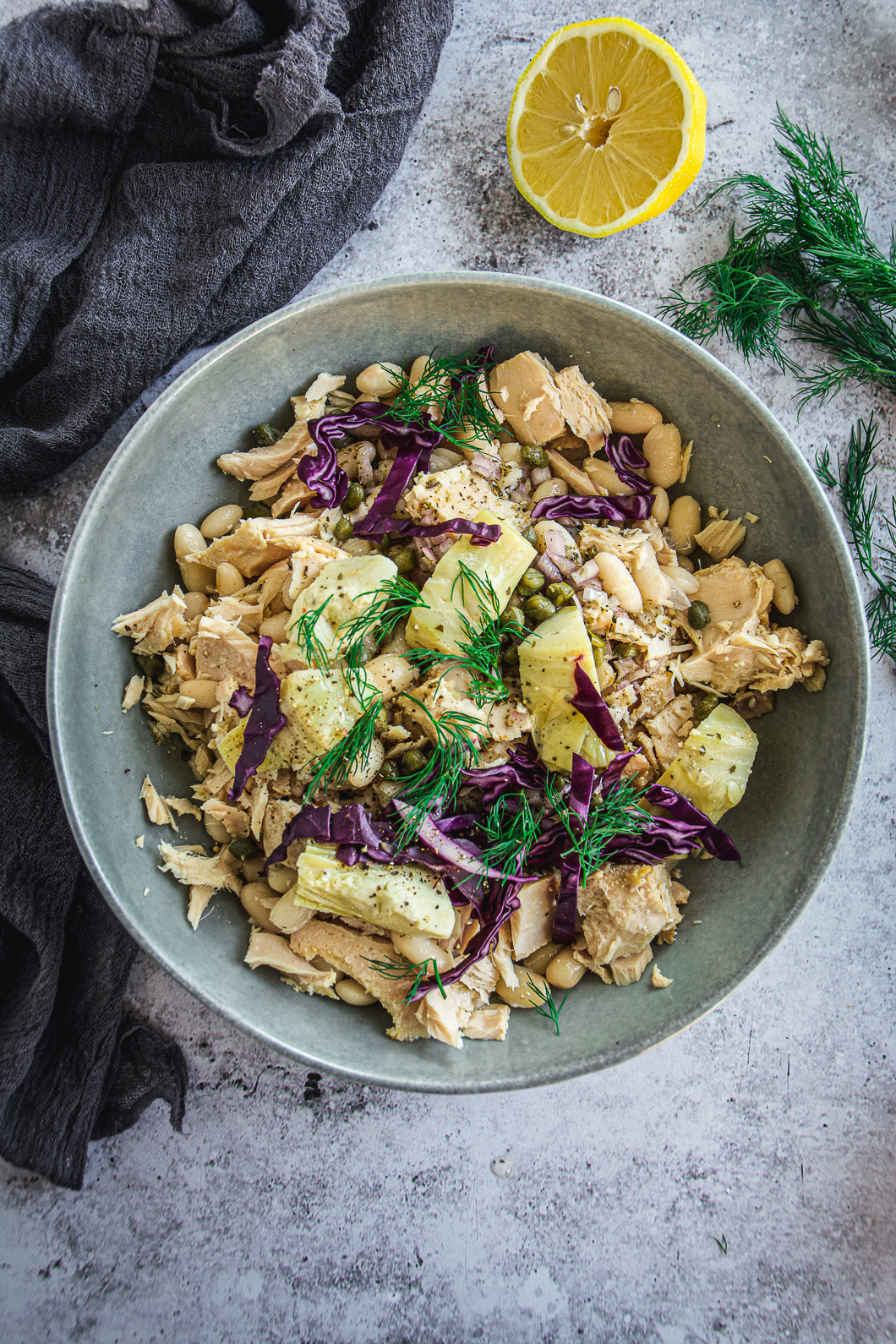
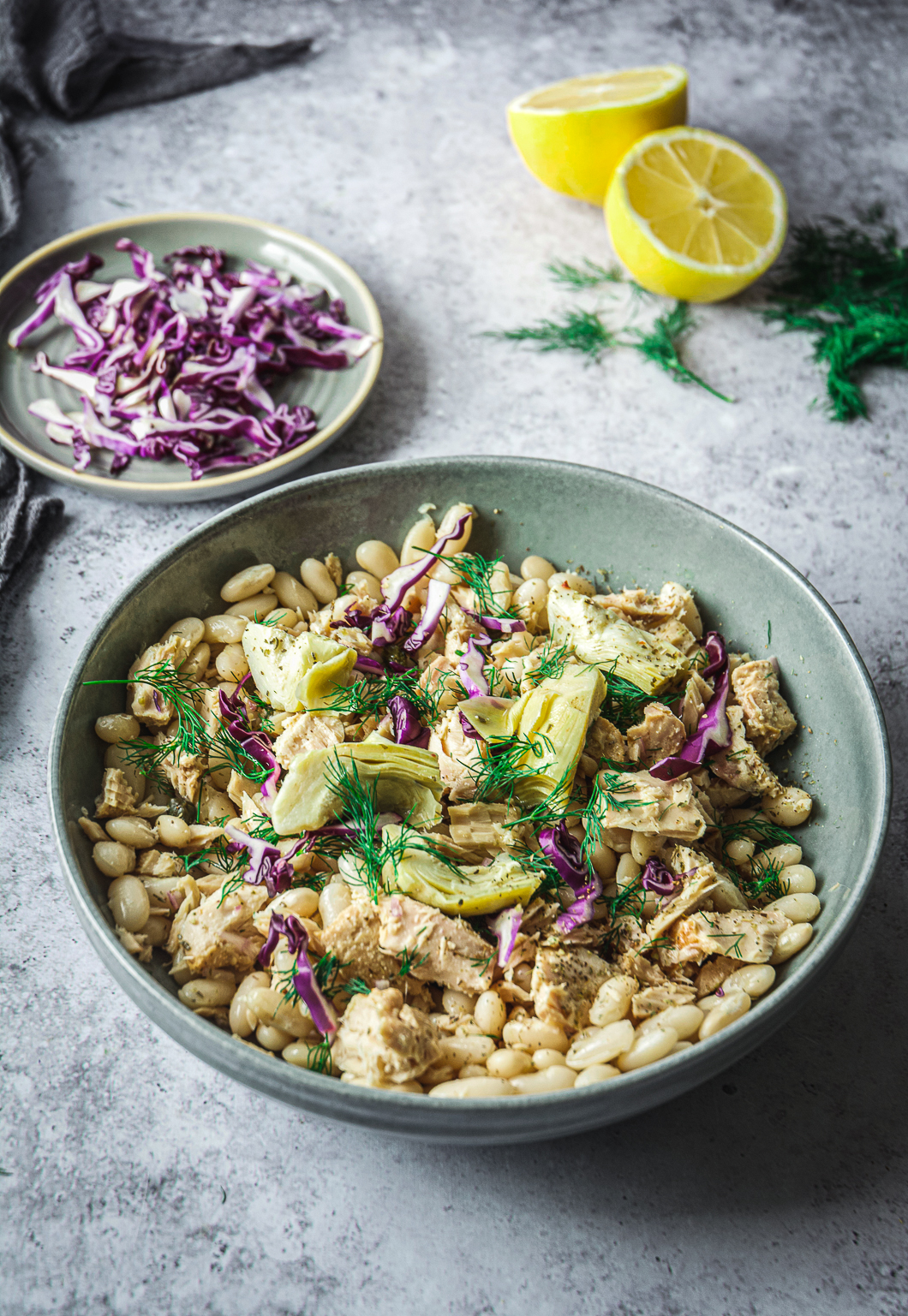
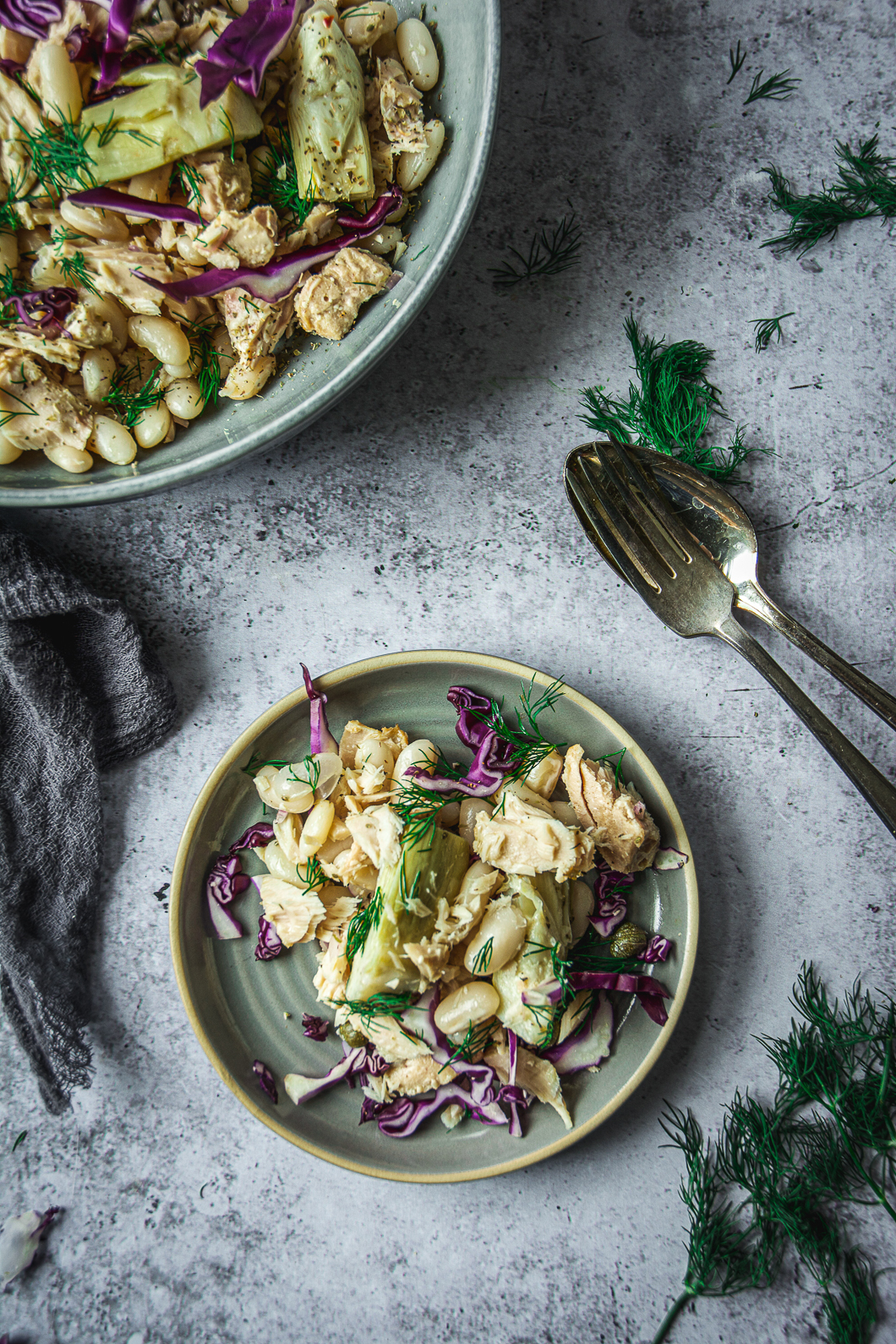

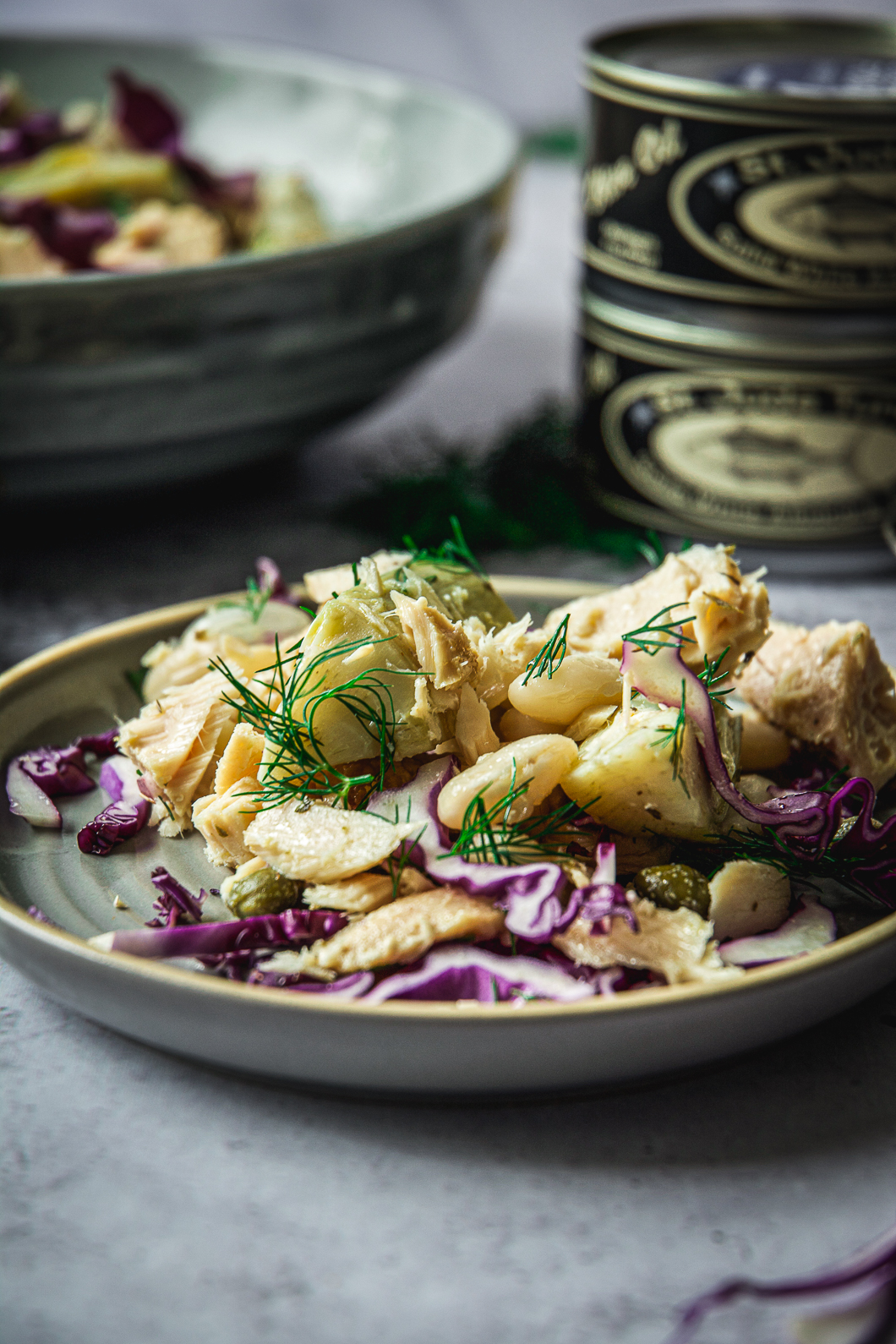
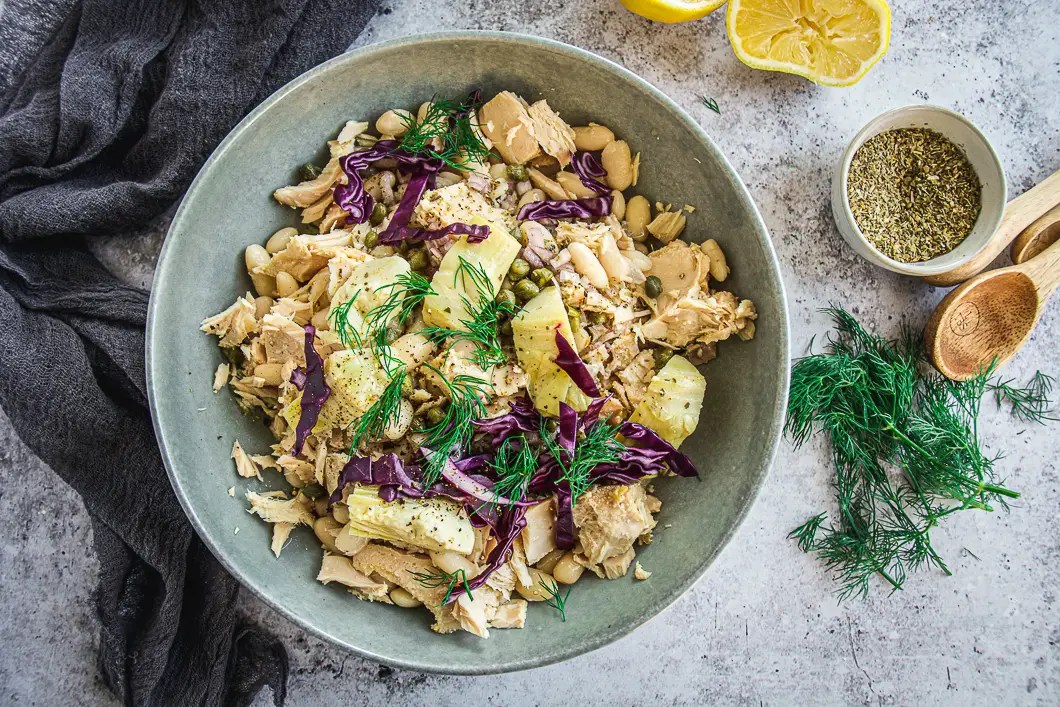 5.0 Stars (3 Reviews)Print
5.0 Stars (3 Reviews)Print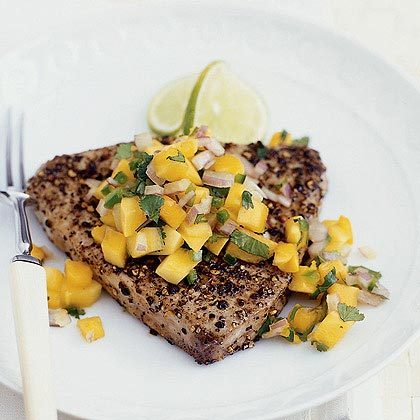


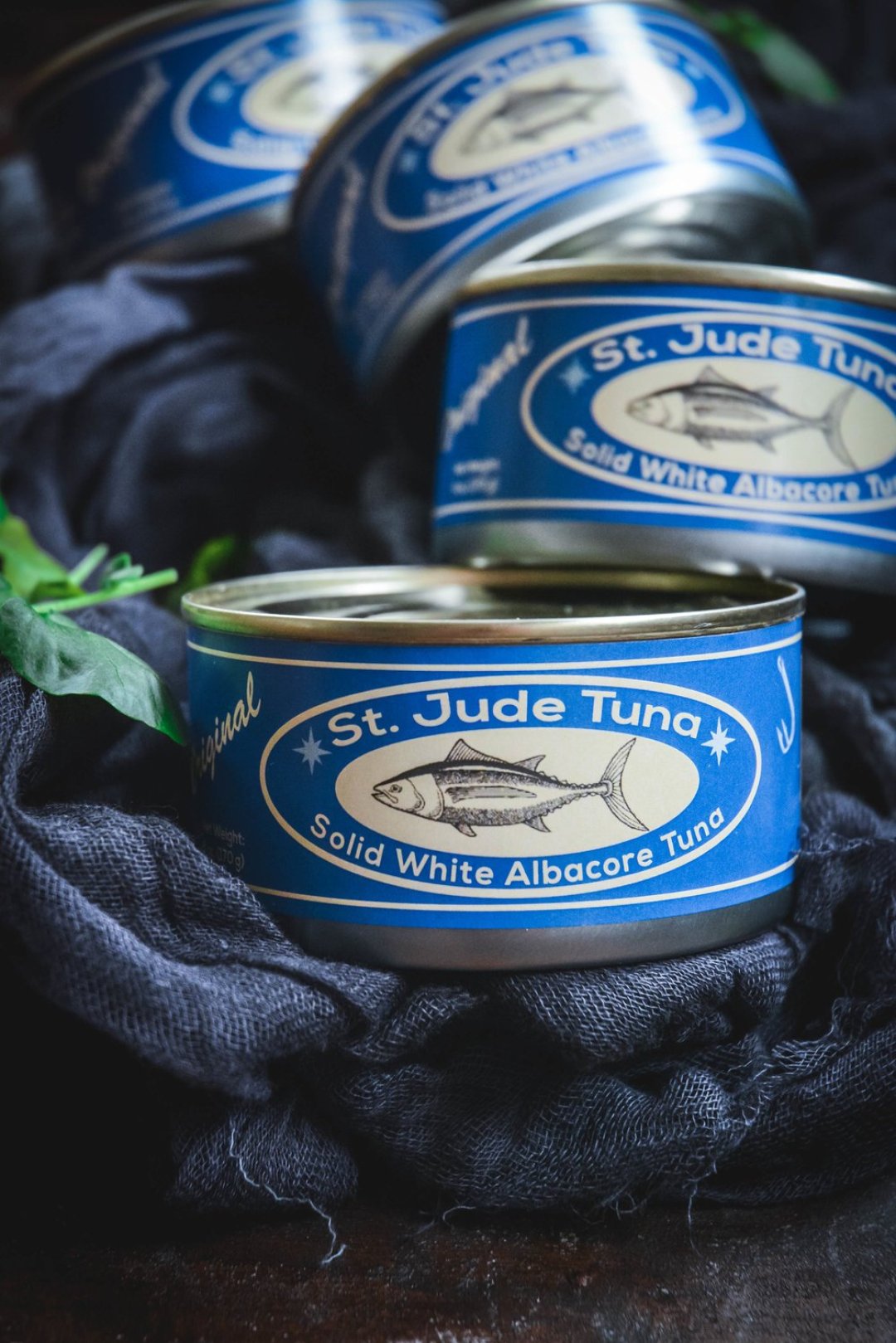

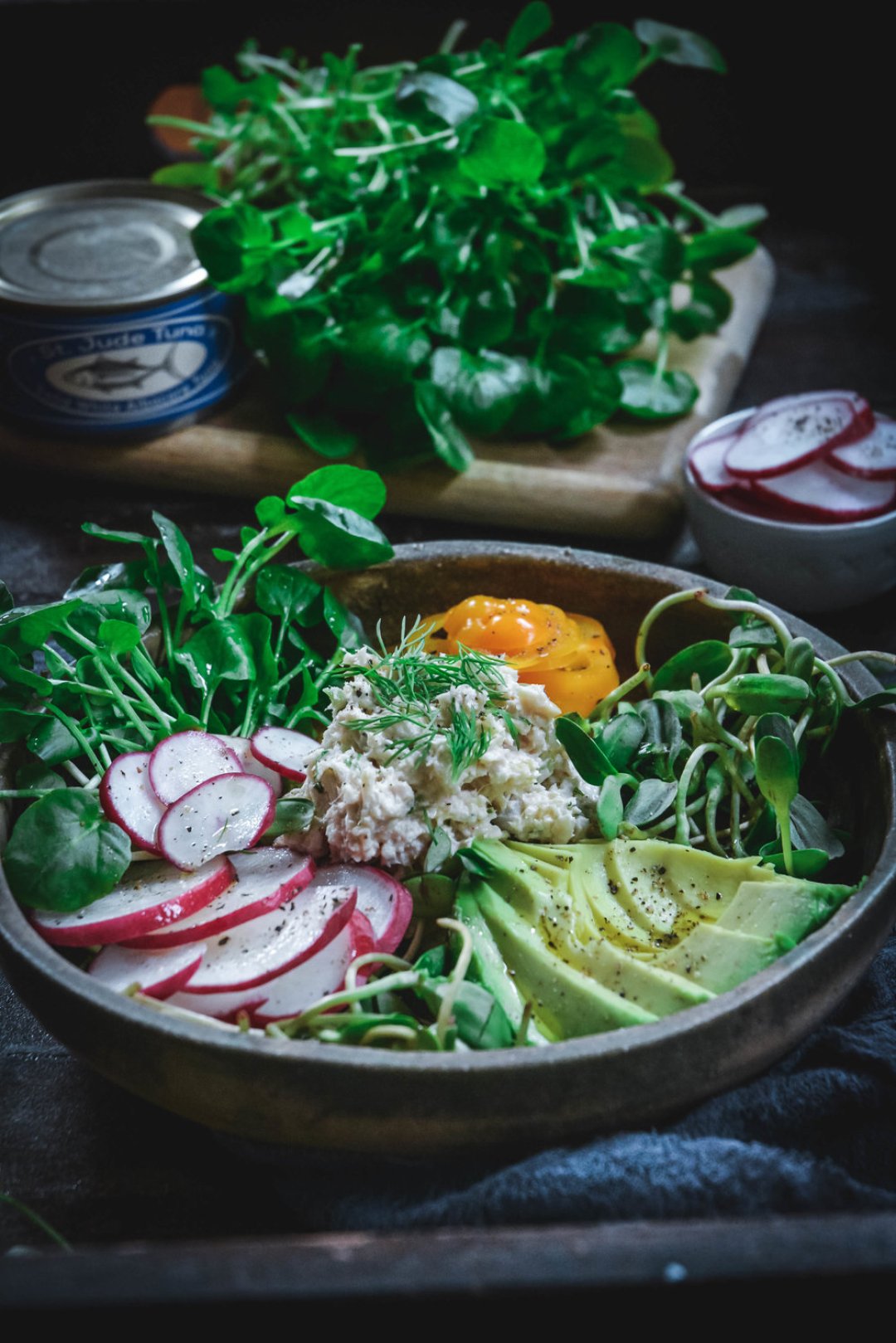
 5.0 Stars (1 Reviews)Print
5.0 Stars (1 Reviews)Print